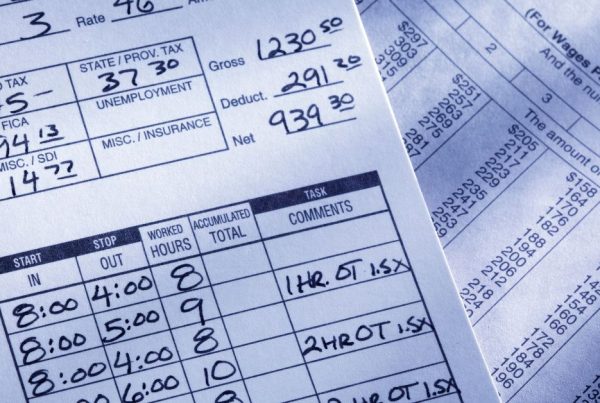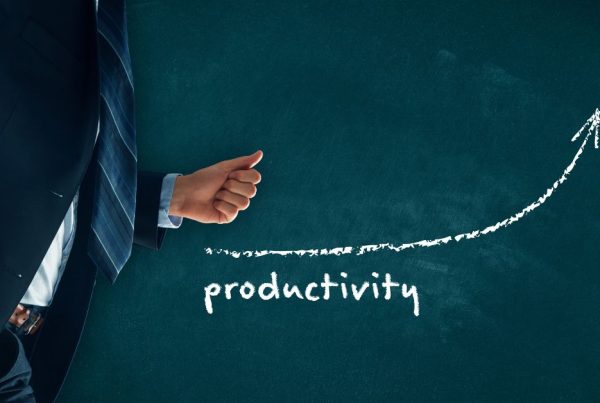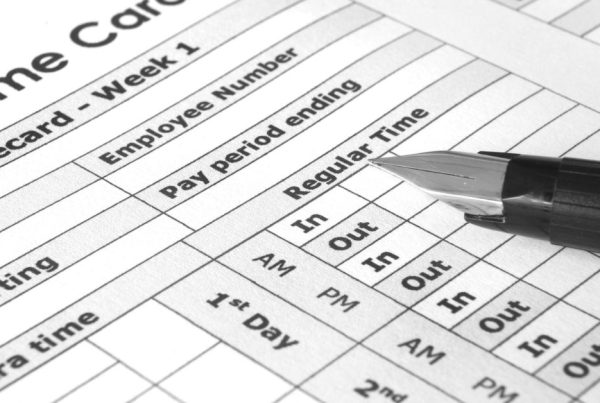
3D printing technology is transforming the architecture industry by revolutionizing client presentations and enhancing project workflows. With the ability to produce tangible models and prototypes, architects can provide clients with a more immersive and interactive experience, improving design visualization and expediting project timelines. This innovative approach not only fosters better communication and client engagement but also boosts confidence and satisfaction, ultimately showcasing the architectural firm’s expertise and driving business growth.
Revolutionizing Client Presentations
Tangible Models and Prototypes
3D printing allows architecture firms to create physical models that clients can touch and see, providing a more immersive experience compared to traditional 2D plans. Architects and other AEC professionals are increasingly using 3D printers to produce beautiful, physical, and highly-detailed architectural models. These tangible models take into account precise building or construction site information, providing clients with a clearer picture of what the final project will look like (source).
Enhanced Design Visualization
3D printed models help clients visualize the final product more clearly, reducing misunderstandings and aligning expectations. The 3D printing process efficiently produces tangible, physical visualizations of complex designs that can be easily shared and understood. This leads to design modifications being incorporated at early stages while it is still practical and feasible (source). 3D printed models simplify communication and showcase specific areas that would be hard to convey through conventional 2D drawings (source).
Customization and Iteration
3D printing technology enables a rapid and efficient iterative design process. Architects can quickly produce and modify prototypes, allowing them to easily experiment with different design iterations, test variations, and incorporate feedback from clients and stakeholders in real-time. This not only accelerates the design process but also fosters creativity and innovation, enabling architects to explore new possibilities and push the boundaries of design (source).
Furthermore, 3D printing offers architects the ability to customize and personalize models to suit specific project needs. Whether it’s adjusting the scale, materiality, or geometry of the model, 3D printing provides architects with unprecedented flexibility in tailoring their designs to meet the demands of each project. This level of customization not only enhances the visual appeal of the models but also enriches the design narrative, allowing architects to communicate their ideas more effectively (source).
Minute7’s Role
Minute7’s time tracking and expense reporting software can help architecture firms manage these innovative processes more efficiently. By tracking time spent on various stages of the 3D printing process, firms can gain insights into the time efficiency of their projects. The expense tracking feature can help monitor the cost of materials and other expenses associated with 3D printing, ensuring that projects stay on budget. Minute7’s seamless integration with QuickBooks allows for efficient billing, reporting, and payroll processes, further streamlining the project management process.
Speeding Up Project Timelines
Rapid Prototyping
3D printing significantly enhances the prototyping phase of architectural projects by reducing lead times and costs. According to Markforged, 3D printers enable quicker and more cost-effective validation of designs. This technology allows for more design iterations within a given timeframe, accelerating the approval process. Industrial 3D printers can produce everything from tooling to specialized end-use parts on demand, often within days, making the prototyping process incredibly efficient.
Efficient Design Validation
Architects increasingly use 3D printers to create highly detailed and accurate models that help visualize proposed building components or parts. As highlighted by 3D Universe, these physical models facilitate meaningful client engagement and remove ambiguities present in 2D technical drawings and sketches. Moreover, 3D models are instrumental in validating designs and identifying potential issues before construction begins, thus saving time and resources.
Streamlined Communication
3D printed models can significantly enhance communication among clients, architects, and contractors by providing a physical representation of the project. This tangible model can simplify discussions and highlight specific areas that might be challenging to convey through conventional 2D drawings. As emphasized in the Formlabs guide, having a physical model allows for clearer communication, helping to streamline project progression and reduce misunderstandings.
3D printing also facilitates quicker construction timelines. Traditional construction methods often involve assembling multiple components over a lengthy period. In contrast, 3D printing can produce entire building sections as a single piece, significantly reducing assembly time. According to a Kreo article, this technology has been used to construct homes with 3D-printed walls in about 40 hours, demonstrating its potential to address affordable housing challenges by speeding up construction processes and reducing costs.
Minute7’s Role
Minute7’s time tracking and expense reporting software can aid architecture firms in managing these accelerated processes. By using Minute7, firms can track the time spent on each stage of the 3D printing process, gaining valuable insights into project efficiency. The platform’s expense tracking feature helps monitor the costs of materials and other expenditures associated with 3D printing, ensuring projects stay within budget. With seamless integration with QuickBooks, Minute7 facilitates efficient billing, reporting, and payroll processes, ultimately streamlining project management and enhancing overall efficiency.
Improving Client Engagement and Satisfaction
Interactive Client Meetings
3D printed models can transform client meetings into interactive and engaging sessions, fostering a collaborative atmosphere. These models allow architects to present multiple iterations of designs for greater analysis and modelling, which can be particularly useful in studying spatial relationships. By producing models quickly, architects can spend more time on creating finer details, making the client experience more interactive and engaging (source). This interactive approach not only enhances client understanding but also encourages more meaningful feedback, leading to better project outcomes.
Increased Client Confidence
The detailed and tangible models produced by 3D printing can boost client confidence in the project and the architectural firm’s capabilities. The accuracy and realism of 3D printed models often surpass those achieved through other methods, allowing clients to see how the project will look in real life even before construction begins (source). This level of detail provides clients with a clearer understanding of the project, fostering trust and confidence in the architectural firm’s ability to deliver on their vision (source).
Enhanced Marketing and Sales
3D printed models serve as powerful marketing tools that showcase an architectural firm’s design expertise and attract new clients. They provide a tangible representation of a firm’s work, adding significant value to marketing and sales efforts. In the highly competitive architecture, engineering, and construction (AEC) industry, these models offer a clearer picture of the final project, making it easier to engage clients meaningfully and win more business (source). By showcasing the firm’s ability to produce detailed and accurate models, 3D printing can help differentiate the firm from competitors and highlight its innovative capabilities.
Minute7’s Role
Minute7’s time tracking and expense reporting solutions can play a significant role in managing the time and resources involved in 3D printing applications in architecture. By tracking the time spent on creating 3D models and managing related expenses, Minute7 helps architecture firms ensure efficiency and cost-effectiveness in their operations. The platform’s seamless integration with QuickBooks allows for efficient billing, reporting, and payroll processes, further streamlining project management. This enables firms to focus on enhancing client engagement and satisfaction while maintaining control over project timelines and budgets.
Elevating Client Experience with 3D Printing and Minute7
In summary, 3D printing has revolutionized the architecture industry by enhancing client presentations, speeding up project timelines, and improving client engagement and satisfaction. By providing tangible models and prototypes, architects can offer clients a more immersive experience, facilitating better design visualization and reducing misunderstandings. The rapid prototyping capabilities of 3D printing accelerate project approvals and streamline communication, leading to more efficient project progression. Additionally, interactive client meetings and detailed models boost client confidence and serve as powerful marketing tools.
Minute7 plays a crucial role in supporting architecture firms as they adopt 3D printing technology. Through its time tracking and expense reporting solutions, Minute7 helps firms manage the time and resources involved in 3D printing efficiently. By tracking time spent on various stages of the 3D printing process and monitoring related expenses, firms can ensure projects stay within budget and on schedule. Minute7’s seamless integration with QuickBooks further enhances billing, reporting, and payroll processes, enabling firms to focus on delivering exceptional client experiences while maintaining operational efficiency.
As architecture firms continue to leverage 3D printing to enhance their client interactions, Minute7 stands as a valuable partner, providing the tools needed to manage these innovative processes effectively. By integrating Minute7 into their workflows, firms can streamline project management, improve client satisfaction, and ultimately drive business growth.



